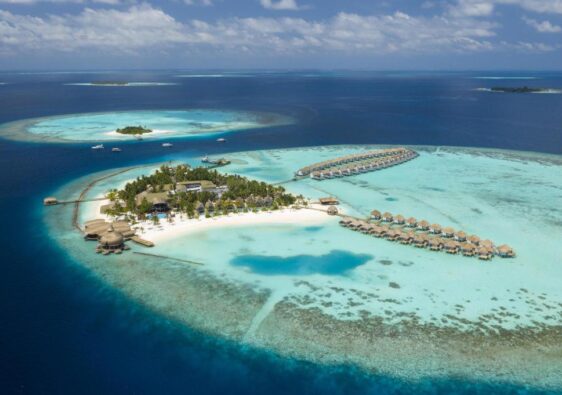Here’s a detailed guide to Yamaguchi, including places to visit, the best time to go, things to do, transportation options, dining recommendations, notable street stalls, accommodation choices, and valuable travel tips:
Places to Visit in Yamaguchi:
Akiyoshidai Karst Plateau: Explore Japan’s largest karst plateau with stunning limestone formations and vast caves.
Ruriko-ji Temple: Visit this historic temple located in Yamaguchi City, famous for its magnificent five-story pagoda.
Iwakuni: Discover the iconic Kintai Bridge, an arched wooden bridge, and explore Iwakuni Castle.
Hagi: Stroll through this town with well-preserved samurai residences and historic sites.
Shimonoseki: Enjoy fresh seafood at the lively Karato Fish Market and indulge in fugu (pufferfish) cuisine.
Best Time To Visit Yamaguchi:
Spring (March to May): Experience cherry blossoms in March and April, with pleasant weather.
Autumn (September to November): Enjoy comfortable temperatures and vibrant fall foliage.
Year-round: While Yamaguchi is accessible throughout the year, avoid the typhoon season from June to October.
Things to Do in Yamaguchi:
Hiking and Nature: Explore picturesque landscapes in Akiyoshidai and visit the dramatic Motonosumi Inari Shrine.
Cultural Experiences: Visit historic temples, samurai districts, and museums to learn about the region’s rich history.
Cuisine: Savor fresh seafood, especially fugu dishes, and try local specialties.
How to Get Around in Yamaguchi:
Trains: JR West trains connect major cities, and local trains access rural areas.
Buses: Local buses complement train transportation and provide access to more remote sites.
Rental Cars: Consider renting a car for greater flexibility when exploring remote locations and scenic routes.
Where to Eat in Yamaguchi:
Karato Fish Market (Shimonoseki): Delight in a variety of seafood, including fugu sashimi.
Local Restaurants: Sample regional specialties such as Iwakuni’s famous sushi and Hagi’s tofu dishes.
Famous Street Stalls in Yamaguchi:
While street stalls are not as common, you can explore local markets in cities like Shimonoseki to discover a variety of street food experiences.
Where to Stay in Yamaguchi:
Yamaguchi offers diverse accommodation options, including Western-style hotels, ryokans (traditional inns), and guesthouses. Staying in Shimonoseki or Yamaguchi City provides easy access to many attractions.
Travel Tips for Yamaguchi:
Language: Japanese is the primary language, and English may not be widely understood. Learning a few basic Japanese phrases can be helpful.
Local Cuisine: Don’t miss the opportunity to taste fugu, a local delicacy. Ensure you dine at licensed and reputable restaurants due to the safety considerations of fugu preparation.
Currency: Japanese Yen (JPY) is the currency used, and credit cards are widely accepted. However, it’s advisable to carry some cash, especially in rural areas.
Respect Local Customs: Show respect by bowing when greeting, removing your shoes when entering homes or traditional establishments, and following local customs.
Nature: Help preserve the natural beauty of Yamaguchi by respecting the environment and following responsible tourism practices.
Enjoy your journey through Yamaguchi and immerse yourself in its captivating blend of history, culture, and natural wonders.

